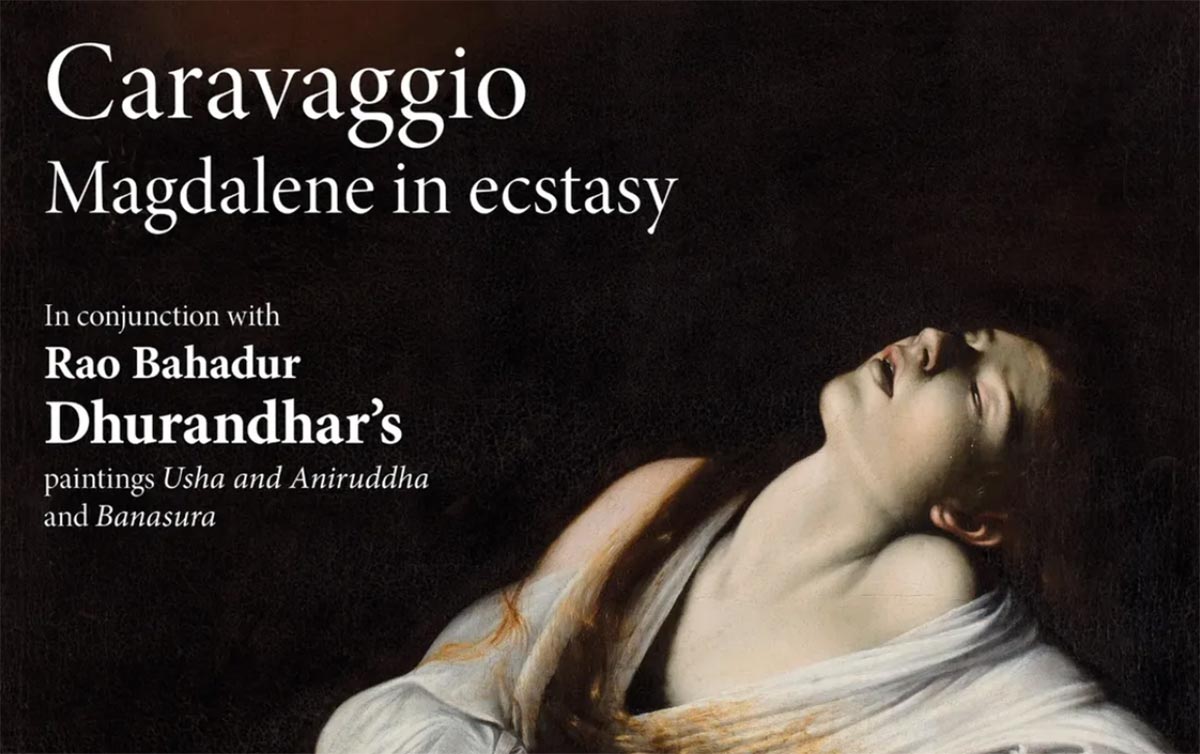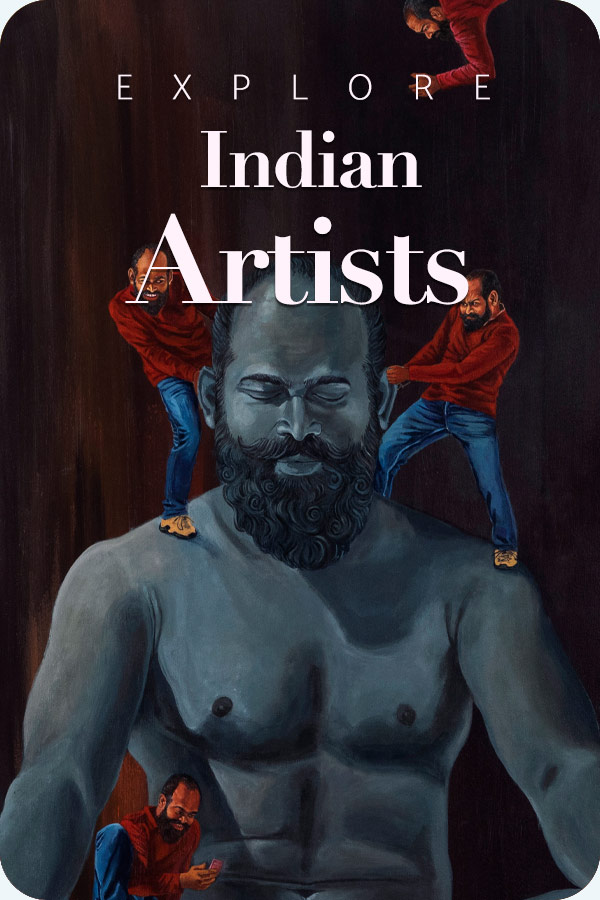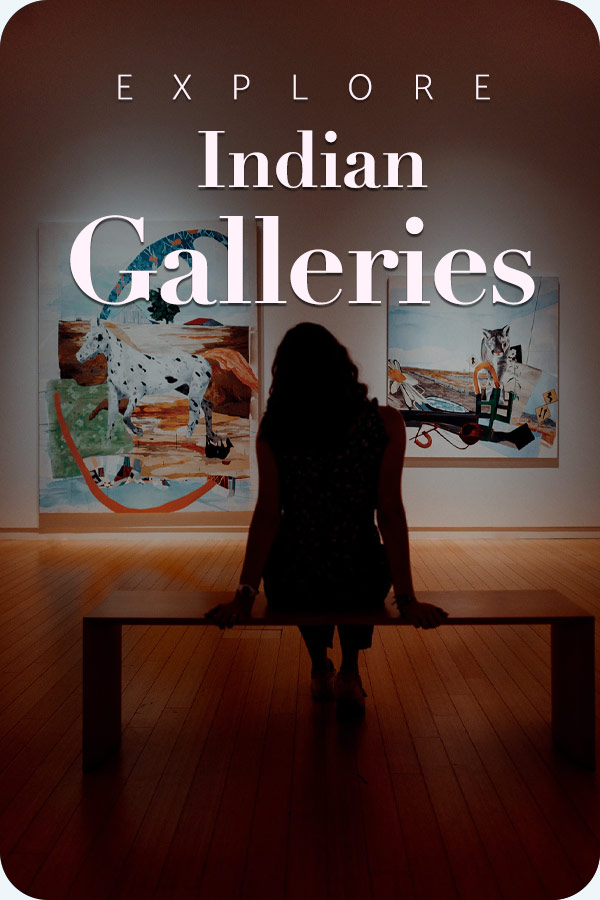
A compact but exhilarating canvas ascribed to Michelangelo Merisi da Caravaggio, Magdalene in Ecstasy, is on view at Mumbai’s Dr. Bhau Daji Lad Museum as part of an exhibition titled L’invenzione della luce (The Invention of Light). The exhibition, presented by the Museum in collaboration with the Consulate General of Italy and the Istituto Italiano di Cultura, Mumbai, runs from 16 October to 2 November 2025, offering Indian specs a rare and proximate encounter with a work by the Italian Baroque master. The exhibition successfully brings a celebrated masterwork, cross-cultural dialogue, and diplomatic theatre to Mumbai.
Why does the painting still stop viewers in their tracks?
Painted around 1606 during a tempestuous phase in Caravaggio’s life, the Magdalene is a manifestation of a complex set of emotions, packed in the skeleton of this piece. It represents a figure caught between worldly melancholy and rhapsody. This painting is essentially brought to light through the then-innovative technique of ‘light and shadow’. For contemporary viewers, well acquainted with high definition visuals and imagery, this painting, with a sense of restraint, muted tones, and harsh light, demands a different perspective to deploy. It seeks a purview that includes attention to texture, breath, and most importantly, the sense of psychological interiority.
En-route to Public Spectacle
This particular version of the Magdalene has travelled a boisterous pathway into the public frame. It arose from private hands and was the subject of plenty of authentication debates in the 2010s; some experts have acknowledged it as Caravaggio, while others continued with their reservations, making its display in India as much an art-historical talking point as a public draw. The painting has already been displayed once at the Kiran Nadar Museum of Art in Delhi, and now its stop is in Mumbai, which is considered by many as both a cultural milestone and an aggravation for scholarly scrutiny.
A dialogue across centuries
While on display, the organisers have resisted identifying this painting as the sole trophy frame. So instead of exclusively showcasing this as a priced foreign artwork, the curators, Andrea Anastasio and Tasneem Zakaria Mehta, consciously chose to place Magdalene in Ecstasy beside Indian devotional paintings, especially those by M. V. Dhurandhar. This step marks the resonance around illumination, devotion, and embodiment. The thoughtful juxtaposition reimagines light not just as an achievement by the European artists but as a syncretic idiom of transcendence and feeling. It pushes the viewers to spectate the affinities and disharmonies between the spiritual depictions of two distinct cultures.
View this post on Instagram
Diplomacy, museum policy, and Mumbai’s cultural moment
Beyond the gallery, the exhibition is conducting a reception of cultural diplomacy. Walter Ferrara, India’s Consul General of Italy in Mumbai, praised the initiative as a milestone for Italian-Indian museum ties, indicating an appetite for future institutional collaborations through loans, conservation exchange, and scholarly partnerships. These initiatives ought to go beyond being trivial shows. At the same time, the arrival of this painting is treated as a civic moment for Mumbai’s cultural life.
| Key Items | Details |
|---|---|
| Artwork | Magdalene in Ecstasy (attributed to Michelangelo Merisi da Caravaggio; c.1606) |
| Exhibition Title | L’invenzione della luce (The Invention of Light) |
| Venue & Dates | Dr. Bhau Daji Lad Museum, Mumbai — 16 October to 2 November 2025 |
| Organisers | Bhau Daji Lad Museum, Consulate General of Italy, and Istituto Italiano di Cultura di Mumbai |
| Curators | Andrea Anastasio & Tasneem Zakaria Mehta |
| Previous Indian Exhibitions | Previously displayed at Kiran Nadar Museum of Art, New Delhi |
Highlights — what to watch for on your visit
- The Magdalene’s concentrated chiaroscuro and compressed composition—Caravaggio’s visual drama in miniature.
- Curatorial pairing with M. V. Dhurandhar: formal echoes of light, gesture, and devotional sentiment invite cross-cultural readings.
- Ongoing provenance and attribution conversation among specialists — the exhibit functions as both public display and scholarly prompt.
- The diplomatic framing: the Consulate and Italian cultural bodies foreground conservation and institutional exchange as next steps.
- Rich photographic coverage and strong visitor turnout were reported by the local press, suggesting a broad public appetite for such cross-border loans.
Takeaway
It would have been an easy choice for the organisers to highlight the Caravaggio as the glittering import to evoke civic pride. Instead, the Mumbai presentation opts for a subtle, risky orchestration by situating the artwork among towering Indian pieces. It ought to stir queries among Indian spectators and compel them to read and re-read the painting in the company of the Indian artworks. The quality of this act of defiance, to be examined in isolation, transforms the theme into a cultural partnership between two nations. The success of this exhibition can’t be measured solely by footfall or Instagram frames; the main fact of its success lies in what follows the event. The projected ambitions of transparent provenance disclosure, reciprocal loans that carry Indian art to European institutions, and actual conservation and curatorial partnerships are the true markers of its success, given that it takes place as it is mentioned. If the Magdalene’s short stay here sparks that correlation, then this small, luminous painting will have punched far above its size as a true ambassador of cross-cultural curiosity.







